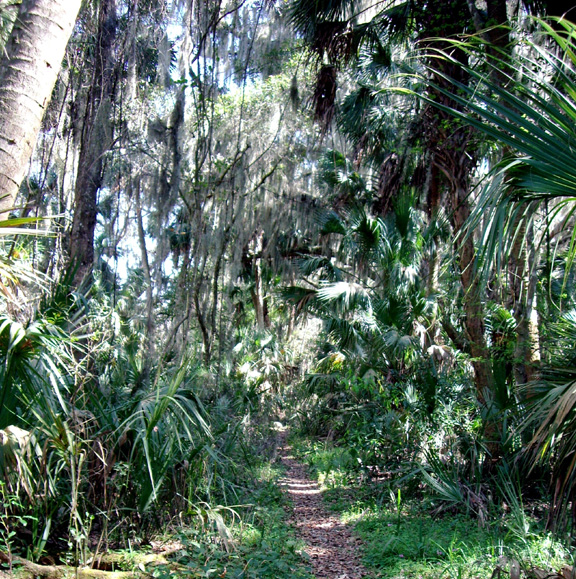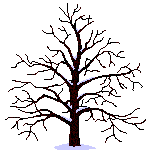

Navigating the site:
St. Johns River or riparian woodland of north Florida.
Below is a selection based on a short piece I wrote on a view of the world (mine) from the perspective of the St. Johns River and will use the themes of origins, order, character, and urge.
Themes: rivers | forests | water | Grand Canyon | round river | geology | conclusion
These words --origins, order,
character, and urge-- are also synonymous with natural and
each may be thought of as a shade or hue of the multiple aspects
of nature.
Understanding natural areas will
always begin with seeds, flowers, trees and
the assembly of 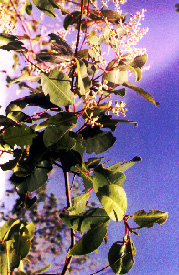 life.
Our comprehension must then move to flood plain forests, places for wildlife,
the symbiotic community of fungi-bacteria-plants that we
call forests and the trees comprising these gnarled and tangled woodlands.
life.
Our comprehension must then move to flood plain forests, places for wildlife,
the symbiotic community of fungi-bacteria-plants that we
call forests and the trees comprising these gnarled and tangled woodlands.
Initially this description begins with the tangible features; the smells of mold, the odor of woods and the aroma of turpines oozing from the leafy glade. But from the panoply of this real, sensory experience of the sand beneath our feet and the limbs above our heads, we must move to thoughts and ultimately to the words we use examine and explain the role of forests in our lives.
Lastly we have to talk about the old English word for forested area weal from weald and wald. So significant are forests that the Medieval world's root word for wealth is derived from weald, the word for woodlands. Because of that etymology, I will use weal as an acronym in which the four letters stand for Water - Energy - Air and Land suggesting that these are the four dimensions of the habitat within which wildlife and we, too, survive.
![]()
Here then is a basis for my examination of a hardwood,
bottom land, forest
using sources that include:
- Ecosystems of Florida
- Trees of Florida
- Wetlands
- Florida Wildflowers
- Archie Carr, Florida Naturalist
- Edward O. Wilson
- Ernst Mayr
Round River is the stream
you are on. That may be the stream called the Howell Branch  Creek,
or the Wekiva River each a tributary in the St. John's River Valley and
they are integral sculpting streams of this watershed.
Emerging from a fountain Wekiva springs from the land that has in
some distant time absorbed the rain water flowing over and mostly under
Florida. We are tied together, tethered if you will, to a cycle of water
that is the recurrent pump of reality. As DaVinci said water is the “driver
of life.” The substance of round river is the perpetual flow of the water.
Clean water is the legacy of Round River because we all live downstream
in such an eternally flowing river as this one. Beside, beneath, around
and through the forests the river flows because trees and streams are
functionally needed for each other to survive. In any valley it is the
same.
Creek,
or the Wekiva River each a tributary in the St. John's River Valley and
they are integral sculpting streams of this watershed.
Emerging from a fountain Wekiva springs from the land that has in
some distant time absorbed the rain water flowing over and mostly under
Florida. We are tied together, tethered if you will, to a cycle of water
that is the recurrent pump of reality. As DaVinci said water is the “driver
of life.” The substance of round river is the perpetual flow of the water.
Clean water is the legacy of Round River because we all live downstream
in such an eternally flowing river as this one. Beside, beneath, around
and through the forests the river flows because trees and streams are
functionally needed for each other to survive. In any valley it is the
same.
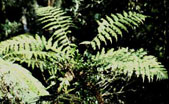 Forests
give rise to the springs, rivers and lakes that comprise the hydrology
of a place. Indeed the pattern of that drainage is an important contributing
factor to determining the character of a place. The presence or absence
of forests and rivers are the scenic elements that are important in determining
a sense of place. Where tributaries are accessible they are the place
we learn best about how rivers behave. Round river behaves reciprocally
well moving sediment, nutrients and waste from one place to another. Currents
too, carry the life of the land across the otherwise parched and arid
sands.
Forests
give rise to the springs, rivers and lakes that comprise the hydrology
of a place. Indeed the pattern of that drainage is an important contributing
factor to determining the character of a place. The presence or absence
of forests and rivers are the scenic elements that are important in determining
a sense of place. Where tributaries are accessible they are the place
we learn best about how rivers behave. Round river behaves reciprocally
well moving sediment, nutrients and waste from one place to another. Currents
too, carry the life of the land across the otherwise parched and arid
sands.
The Grand Canyon reveals the marvels of 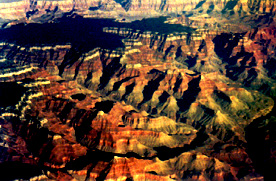 another,
larger river in sculpting adjacent layers of geologically very old material
in a valley providing a rare glimpse of the earth's and nature's antiquity.
From the Precambrian basement rock to the sediments
of vast inland seas, the rocks of the canyon are a geological stairway
into the deep past when the planet's continents formed a central land
mass. In these layers of rock the emergence of life from the sea is recorded
and the dawn of insects and flowering trees. These rocks are remains of
the remnant continents that have occupied the timeless seas of the earth's
drifting surficial tectonic plates. Nature is
deep, dark and enigmatic with respect to human endeavors.
another,
larger river in sculpting adjacent layers of geologically very old material
in a valley providing a rare glimpse of the earth's and nature's antiquity.
From the Precambrian basement rock to the sediments
of vast inland seas, the rocks of the canyon are a geological stairway
into the deep past when the planet's continents formed a central land
mass. In these layers of rock the emergence of life from the sea is recorded
and the dawn of insects and flowering trees. These rocks are remains of
the remnant continents that have occupied the timeless seas of the earth's
drifting surficial tectonic plates. Nature is
deep, dark and enigmatic with respect to human endeavors.

Geology may not be destiny, but surely water is! Without it we are a different person. Water weaves the heavens and the earth and the soil that sustains the wildlife and humans that compete for space on a largely wet planet.
Water is the most obvious surface feature from space as it is on a firsthand examination of any place.
Water, the universal solvent, is utterly necessary for urban, industrial existence. Without water, cities die, as Akbar’s city in the Indo-Gangetic plain sits ruined adrift in history, surrounded by dry hills after the river shifted its course away from the newly built imperial city.
As water and geology conspire with energy and atmosphere
to produce forests. 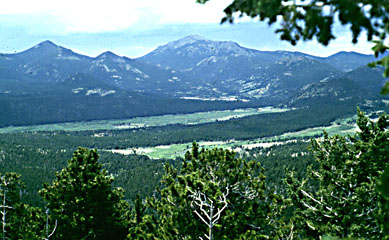 Over
a long time, slowly a distinctive place emerges with a distinct
humid and distinct arid seasons where frosts are rare in a decade. Such
a subtropical to temperate climate pattern with heavy amounts of rain
normally in summers gives rise to tall forests, endless pine trees, numberless
springs, eroding beaches, bouquets of naturalized and native flowers.
Named after flora, the vegetation is an important if significantly altered
aspect of Florida's contemporary forests and wildlife sanctuaries. Among
the most endangered wildlife on earth are living here.
Over
a long time, slowly a distinctive place emerges with a distinct
humid and distinct arid seasons where frosts are rare in a decade. Such
a subtropical to temperate climate pattern with heavy amounts of rain
normally in summers gives rise to tall forests, endless pine trees, numberless
springs, eroding beaches, bouquets of naturalized and native flowers.
Named after flora, the vegetation is an important if significantly altered
aspect of Florida's contemporary forests and wildlife sanctuaries. Among
the most endangered wildlife on earth are living here.
What ever Florida was its distinctive rivers, lakes, trails and swimming holes can be seen as a lace work of patches holding together the remnants that are the fractured ranges of the state's wildlife, fisheries and indigenous vegetation. As a refuge for remnant species, such as the crocodile, the key deer, or the Florida Yew tree, our plants and animals are distinctly Floridian in their interdependence with the watery rhythms and fiery counterpoint of the lands, seas, and air's many wet and dry moods. These remaining portions of the old swamp, forested and prairie lands are what must be linked together for future preservation. They are the reminders of this place had we never been here in any great numbers.
These forests endlessly
enable the round river to flow back into itself. The metaphor thus embodying
the hydrological cycle conveys a comparison between visible rivers and
the invisible moisture that cycles through every living creature.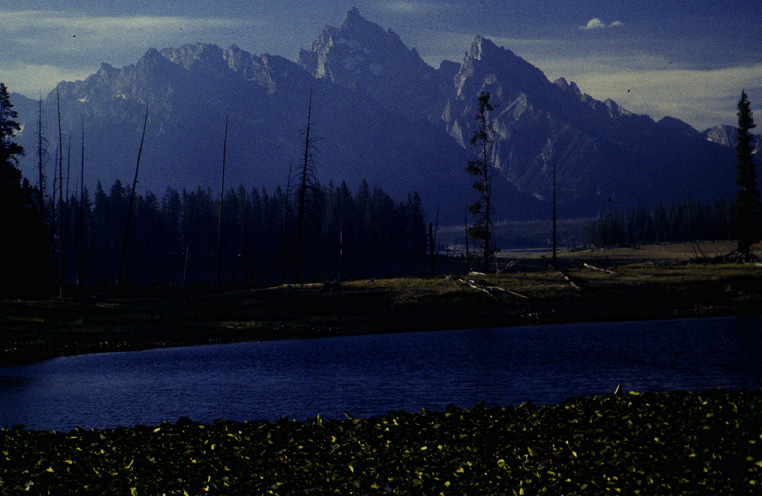
The cycle also includes limiting factors, transport and assimilative capacity of flowing water. Round river pumps the water we consume. In the sense that water is a universal solvent, water fuels our civilization; but only so far as we understand the water. Water, energy, air and land places limitations upon any space and how we are able to use that space. The trees and creeks become organic means to renew the landscape's capacity to move water, distributing nutrients from place to place. Streams, springs, creeks and sloughs bind us and also tether our neighborhoods -- once again -- to some physical scale and proportion of life. Without water we are listless, if not lifeless.
All life adjusts to ecological restraints. But the scale of different life forms reveals the precise proportions that reveal how the limitations of nutrients and trace elements work to restrain or nourish growth and decay. These different scales of restraint amount to what may be thought of as an ecological ration. That refers to the ecological portion as it were, of the needed water, necessary energy and air, and surfeit of land that each creature requires to secure its niche, or livelihood in the embodiment of conditions we call landscape.
Alphabetical guide to the site
![]()
words index
photograph index
social science index

